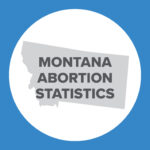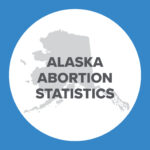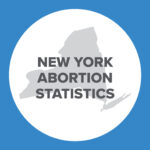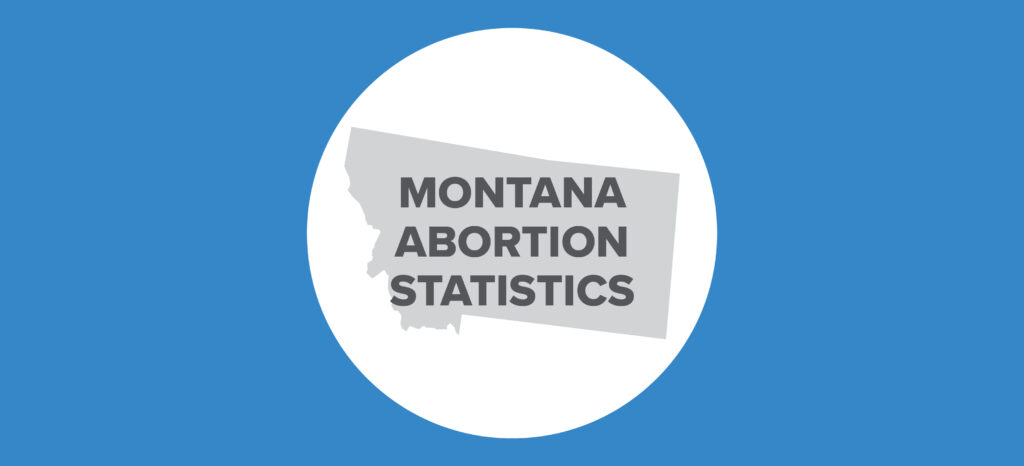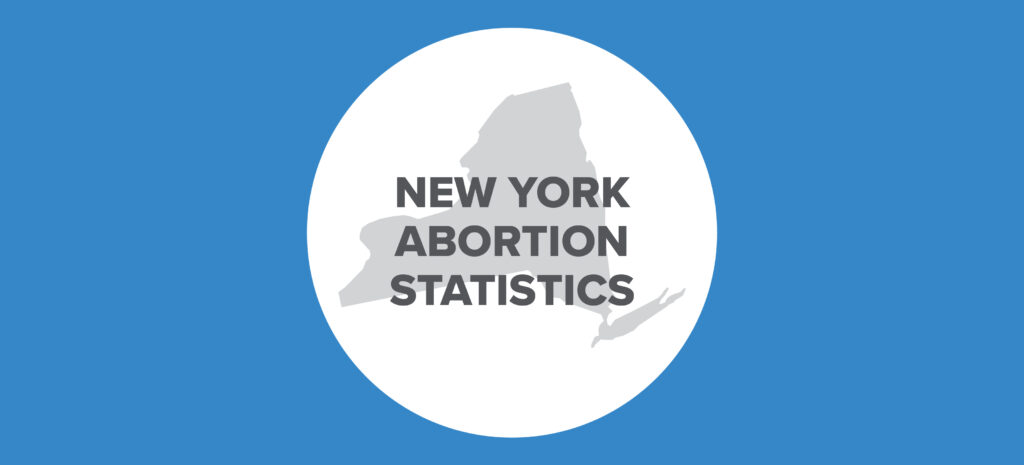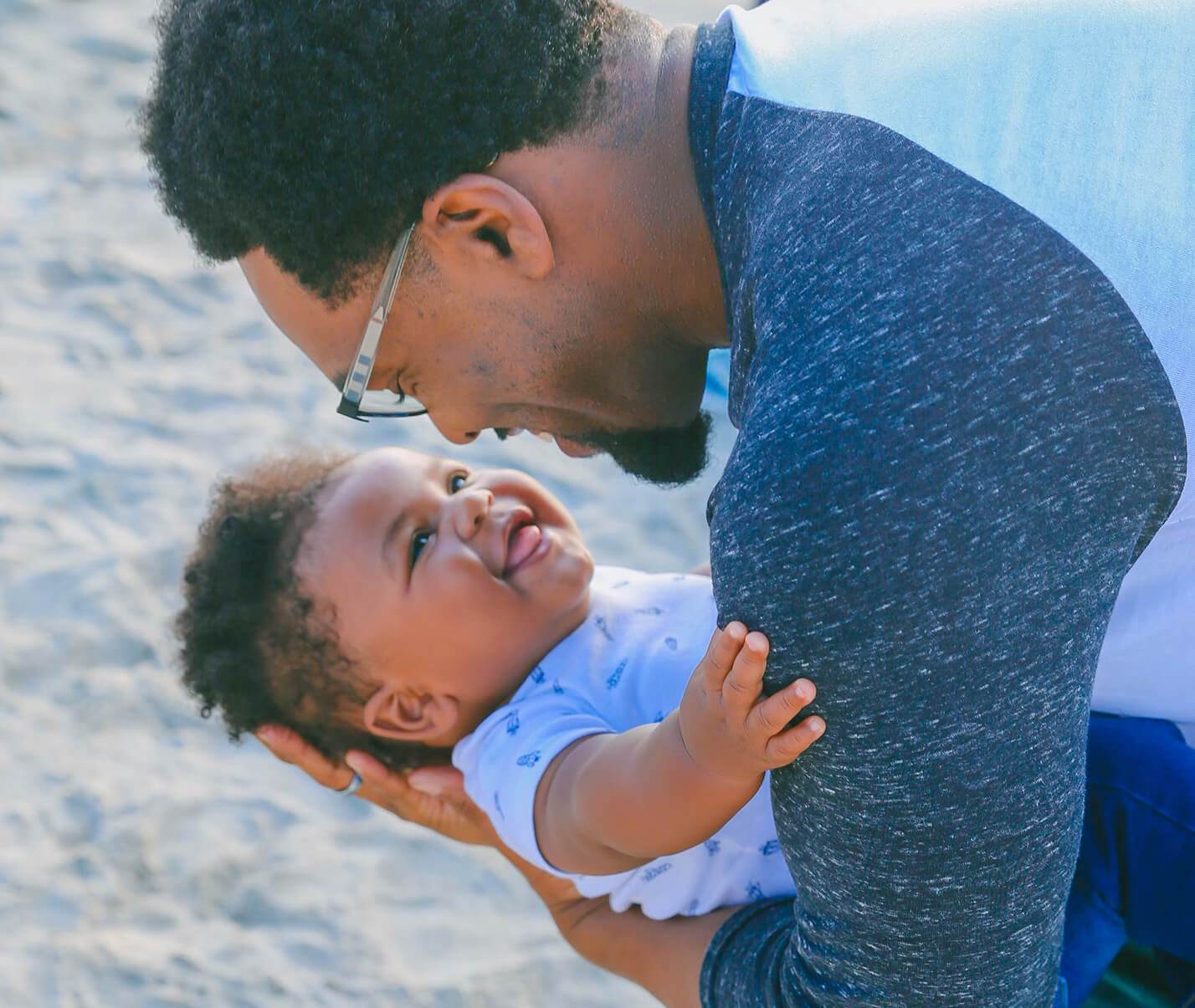Abortion Reporting: Virginia (2018)
Virginia’s 2018 abortion statistics are available in various state and national reports, showing that abortions increased from 2017.
Statistics and Changes in Virginia Abortions, 2017-2018

Abortion Totals and Trends
In 2018, there were 16,474 abortions reported in Virginia, up seven percent from the previous year (Fig. 1). According to the Centers for Disease Control and Prevention (CDC), 35 percent of these were chemical abortions, which rose 17 percent from 2017. The Charlotte Lozier Institute (CLI) estimates that Virginia’s abortion rate was 9.8 abortions per 1,000 women of childbearing age, lower than the national rate but up seven percent from 2017 (Fig. 2).
Virginia makes abortion statistics available in three separate reports: a table of abortions by facility, another table of abortions by county of residence, and a full vital statistics report that contains most of the commonwealth’s abortion data. Resident abortions by facility and county are available for 2018, and the Virginia Department of Health also shared with CLI a table of all abortions occurring in Virginia by facility. The 2018 vital statistics report has not yet been released. However, Virginia shares abortion data with the CDC, and additional information is available in the CDC’s 2018 abortion surveillance report.
State Report Summary
State Reports
There were 16,070 abortions performed on Virginia residents in 2018, 98 percent of the total. Of the abortions performed on Virginia residents, 45 percent were performed on white women. Forty-one percent of the abortions were on black women, who experienced the highest abortion rate at 17.5 abortions per 1,000 women ages 15 to 44. Fourteen percent of the abortions were on women of other races. Eighty-five percent of the abortions were on unmarried women, but the report does not specify the percentage performed on married women versus those of unknown marital status.
CDC Report
Although Virginia’s full vital statistics report for 2018 has not yet been published, additional information is available in the national 2018 abortion surveillance report released by the CDC.
In 2018, a majority of the abortions reported by Virginia were performed on women in their twenties, with 27 percent on women ages 20 to 24 and 30 percent on women ages 25 to 29. Thirty-one percent were on women in their thirties, and four percent were on women age 40 or older. Seven percent of the abortions were on girls under the age of 20. Age was not reported for 23 women.
According to the data Virginia shared with the CDC, non-Hispanic black women composed the largest racial group undergoing abortions in the commonwealth in 2018 at 39 percent of the total. Thirty percent of the abortions were on non-Hispanic white women, and eight percent were on non-Hispanic women of other races. Nine percent of the abortions were on Hispanic women, while 13 percent were on women of unknown race. Eighty-five percent of the abortions were on unmarried women, compared to 15 percent on married women.
More than half the abortions (55 percent) were performed on women with no previous abortions. Twenty-six percent were on women with one prior abortion, and 18 percent were on women with two or more previous abortions. Thirty-seven percent of the abortions were obtained by women with no previous live births, compared to 26 percent performed on women with one previous live birth and another 37 percent on women with two or more prior live births.
Fifty-three percent of the abortions reported in Virginia occurred at six weeks of gestation or earlier. Thirty-two percent were performed between seven and nine weeks, and 12 percent occurred between 10 and 13 weeks. There were 66 abortions (0.4 percent) between 14 and 15 weeks and 91 abortions (0.6 percent) between 16 and 17 weeks, while 1.2 percent were performed between 18 and 20 weeks of gestation. Ninety-three abortions (0.6 percent) occurred at 21 weeks of gestation or later. Gestational age was not reported for 75 abortions.
Sixty-five percent of the abortions were performed using surgical procedures, and 35 percent were chemical abortions. There were zero hysterectomy or hysterotomy abortions, while the number of intrauterine instillation abortions was suppressed. Sixty-nine abortions either had the type of procedure suppressed to meet the CDC’s data suppression guidelines or did not have the abortion method reported.
In 2018, 97 percent of the abortions reported in Virginia were performed in abortion centers, while the remainder were reported by hospitals. Forty-one percent of the abortions were performed by Planned Parenthood’s five abortion centers, compared to 37 percent the previous year. Planned Parenthood Virginia Beach was the most prolific center, accounting for 2,770 abortions, 17 percent of the total reported in the commonwealth.
Virginia Abortion Laws
In 2020, Virginia weakened its protections for women undergoing abortions and their unborn children. The commonwealth eliminated certain medical standards for abortion facilities that perform five or more first trimester abortions each month and now permits nurse practitioners to perform abortions, rather than physicians only. Additionally, Virginia removed informed consent protections, including its waiting period and ultrasound requirement. In 2021, Virginia enacted a law to expand insurance coverage of abortion by allowing insurance plans on the state exchange to pay for elective abortion.
State Ranking
In CLI’s 2016 survey of abortion reporting across the United States, Virginia’s reports tied for 29th best. Virginia could improve its reporting by compiling and publishing its abortion data on a regular schedule. Virginia could also collect and report information on complications caused by abortion.
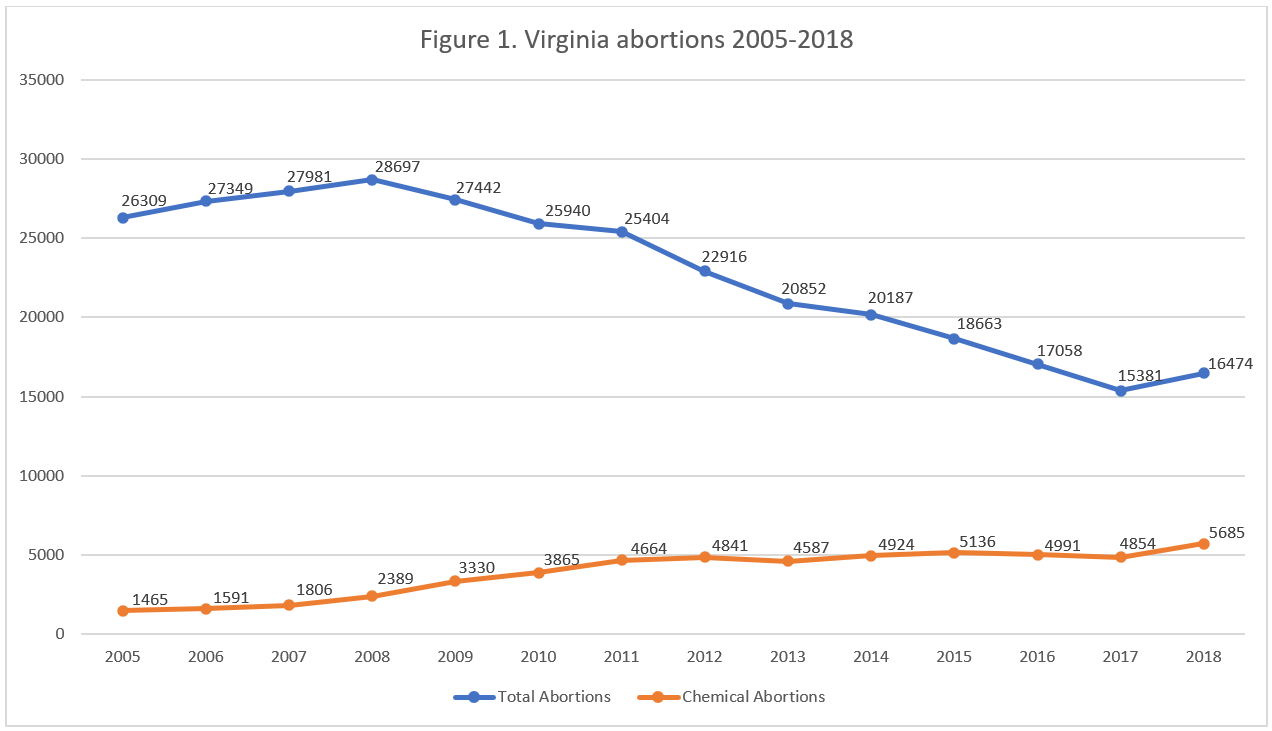
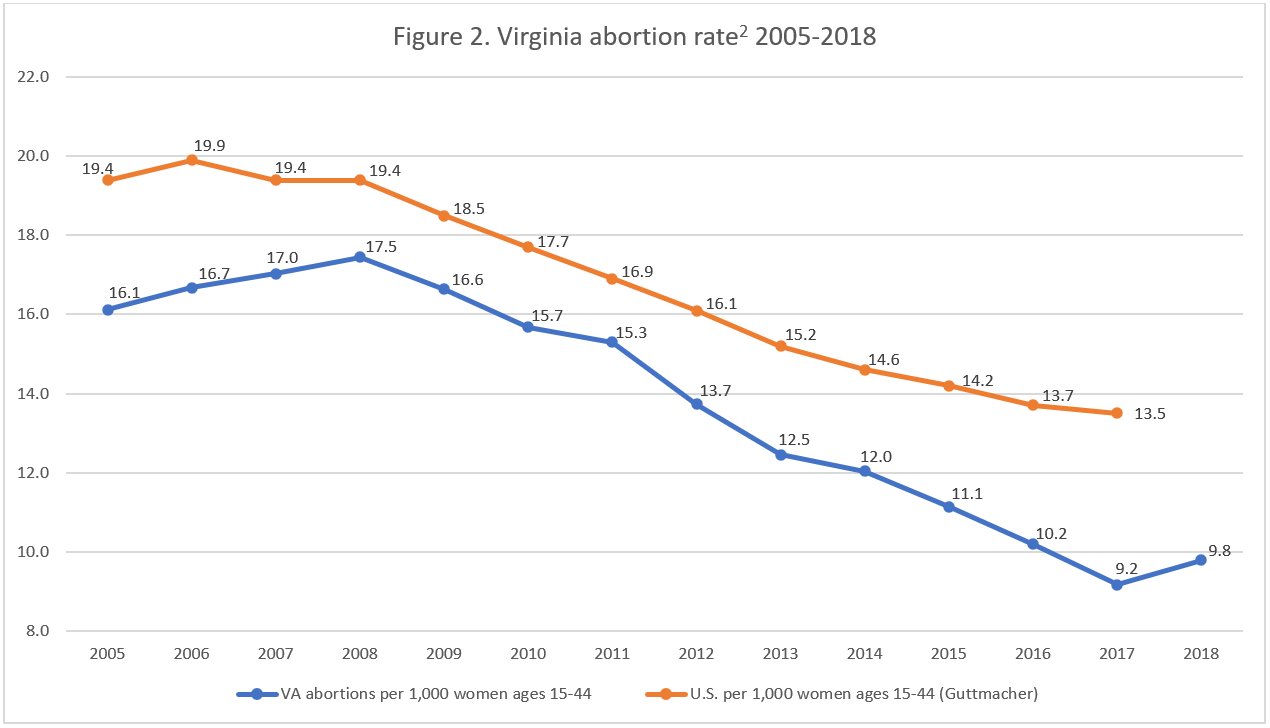
- Rates were calculated by CLI using population estimates from the CDC. The rates were calculated using the following formula: (total number of abortions performed in Virginia ÷ number of resident women ages 15-44) x 1,000. Rates may differ slightly from previous CLI articles due to revised population estimates.










